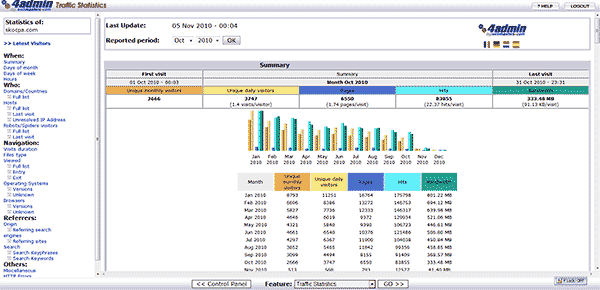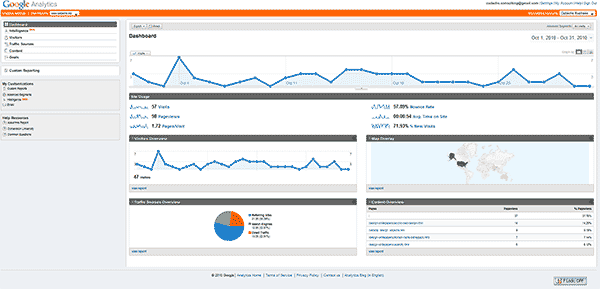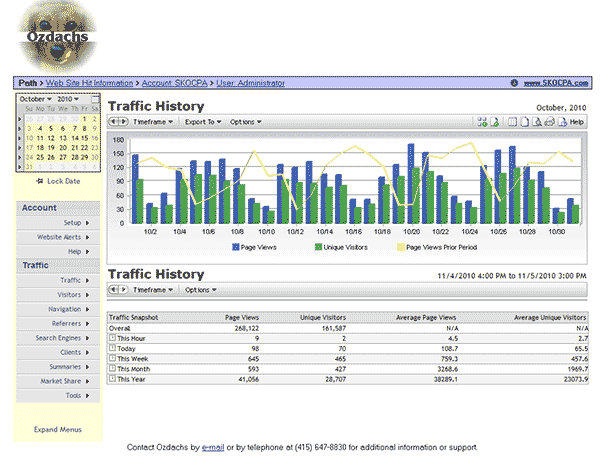Your Best Holiday Gift

Boris and Svetlana are in their seventies. Supplemental Security Income, their only source of income, is not enough to pay rent on their Richmond apartment, utilities and buy food. — San Francisco Food Bank
When I help serve breakfast to men sleeping at my church during the February homeless shelter, the breakfast food — like the dinner ingredients — comes from the San Francisco Food Bank.
When 90 children from poor Tenderloin and Western Addition families get afternoon snacks while attending the free Up On Top after-school program, the food comes from the San Francisco Food Bank. I’m a volunteer for Up On Top, and I appreciate being able to feed hungry kids.
When friends distribute groceries to neighborhood families at the Interfaith Food Pantry, the food comes from the San Francisco Food Bank.
Three of the outreach activities that my friends and I are involved in are sustained by the Food Bank. The Food Bank touches me personally, but I am not alone.
In fact, a network of over 200 food pantries get their supplies from the food bank. An individual earning $14,079 a year is only eligible for $14 in Food Stamps monthly. Folks like that need additional support from pantries.
Over 300 non-profit agencies “shop” at the Food Bank. Some of the city’s largest meal programs, including Glide, St. Anthony’s and Project Open Hand, receive the bulk of the food they need to serve their clients from the Food Bank.
Charity Navigator, an independent monitor of non-profits, gives the San Francisco Food Bank 4 out of 4 stars for its efficiency and for money going where it’s supposed to. 97% of the Food Bank’s budget is dedicated to program expenses. Only 1/2 of 1% of its budget goes for administration.
The Food Bank provides badly needed support to a lot of local people. It’s well run. It uses money for the right purposes.
At this holiday time, I give money to the Food Bank.
Will you please join me in helping hungry people get food?
Donate in the holiday spirit. Donate for the charitable deduction on your income taxes. Donate because it will make you feel good.






